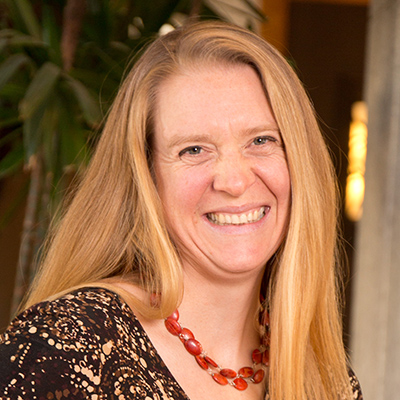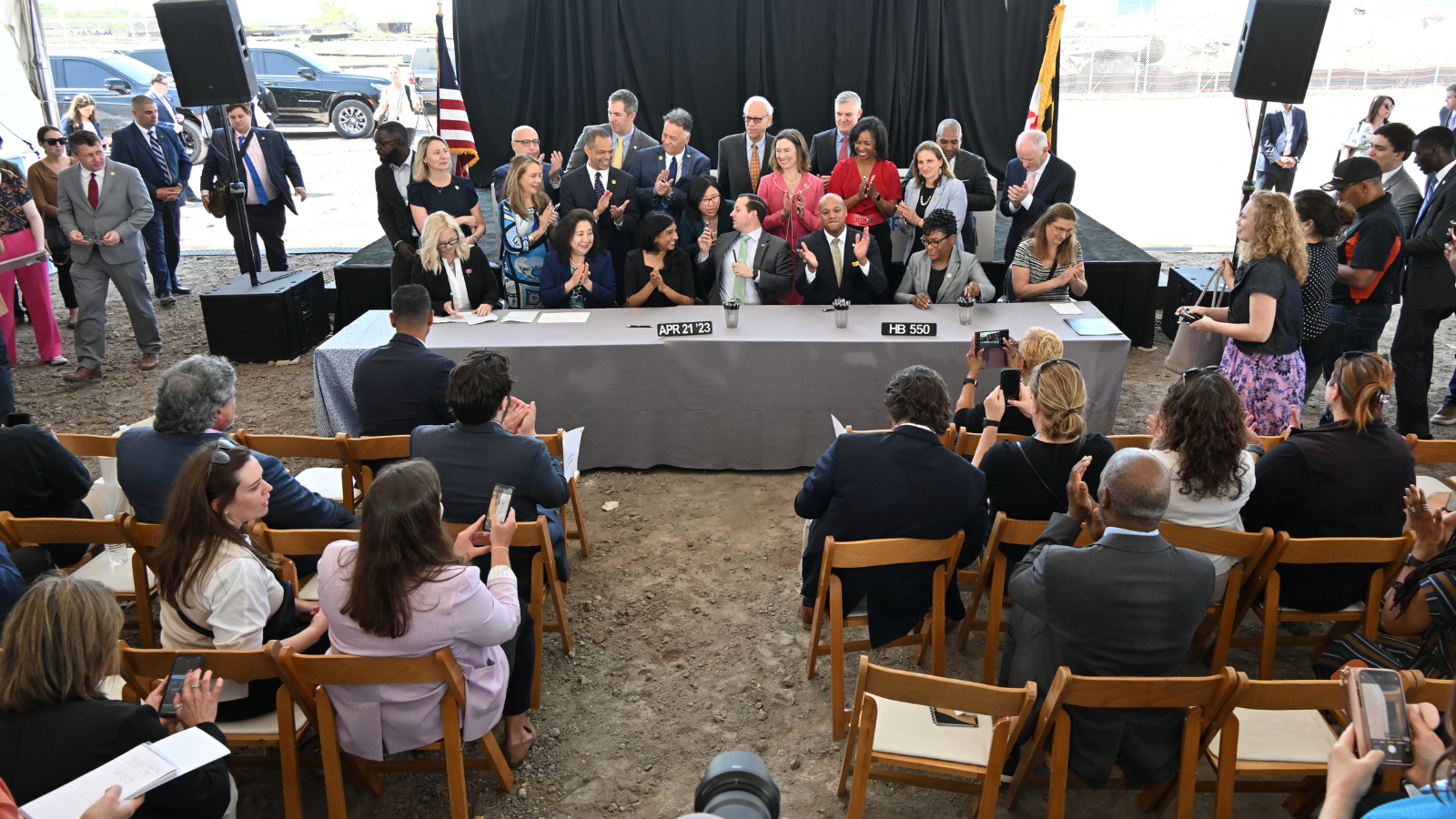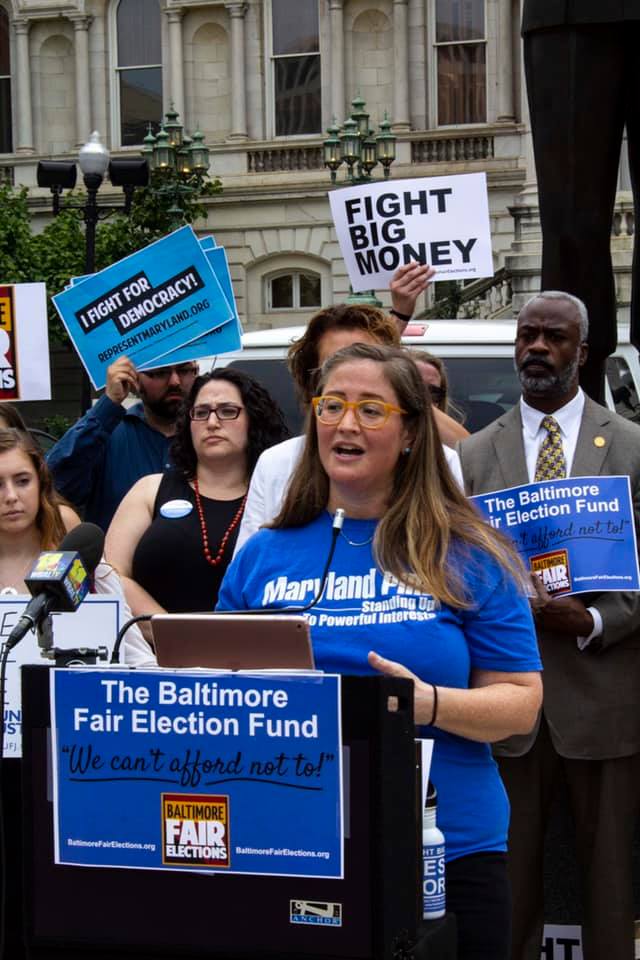
The POWER Act: What does the new law mean for offshore wind in Maryland?
Gov. Wes Moore celebrated Earth Day by signing several environmental bills into law, including the POWER Act to expand offshore wind generation in the state.
Going big on offshore wind
Going big on offshore wind will save ratepayers money and reduce pollution that harms our health and our climate. That’s why we’ve been advocating for offshore wind in Maryland for more than a decade. As far back as 2012, we made the case for offshore wind as Maryland’s single largest source of truly clean, renewable energy.
The POWER Act, which stands for Promoting Offshore Wind Energy Resources, sets a state goal of expanding existing plans for generating 2 gigawatts of power from offshore wind to 8.5 gigawatts of power from offshore wind by 2031. The new goals are expected to produce enough electricity to power approximately 3 million Maryland homes, according to the Governor’s office. The bill was sponsored by Del. Lorig Charkoudian and Sen. Katie Fry Hester and passed the Maryland General Assembly with bipartisan support.
President Joe Biden has set a national goal of 30 gigawatts of offshore wind energy by 2030. By passing the POWER Act, Maryland has firmly established itself as a national leader in achieving that goal.
The Maryland Public Service Commission has already approved four offshore wind projects that are scheduled to create a combined power capacity of more than 2 gigawatts by 2026. These projects off Ocean City are waiting for final federal approval and they have already begun production and workforce development.
Efficient and Affordable Transmission
The POWER Act directs state agencies to work with Maryland’s, regional electrical grid operator, PJM Interconnection, to build the necessary transmission lines needed to bring the power generated at the offshore wind turbines to where it’s needed on land
Without this coordination, each offshore wind developer would build a transmission line for their project. Creating a centralized plan for offshore wind will be more efficient financially and environmentally. Under the new law, the state will work to create a single transmission line that offshore wind projects can plug into – basically a giant power strip for offshore wind.
Under the new law, the Maryland Public Service Commission, which regulates Maryland utility companies, will commission a study on the transmission needs for offshore wind and then issue a contract with a private company to build and maintain the transmission line.
On our way to 100% clean, renewable energy.
Like most other states, Maryland has enough renewable energy potential to meet all its energy needs.
The wind blowing over the ocean along Maryland’s coast is an abundant untapped renewable energy resource. Harnessing the power of just a fraction of Maryland’s offshore wind potential – which alone could power our state – can help to modernize Maryland’s electricity system for the 21st century and give the state greater control over its energy destiny.
Cheers to Maryland’s leaders, advocates, and activists who have been working for years to bring offshore wind to Maryland. May the progress continue.
Topics
Authors
Johanna Neumann
Senior Director, Campaign for 100% Renewable Energy, Environment America
Johanna directs strategy and staff for Environment America's energy campaigns at the local, state and national level. In her prior positions, she led the campaign to ban smoking in all Maryland workplaces, helped stop the construction of a new nuclear reactor on the shores of the Chesapeake Bay and helped build the support necessary to pass the EmPOWER Maryland Act, which set a goal of reducing the state’s per capita electricity use by 15 percent. She also currently serves on the board of Community Action Works. Johanna lives in Amherst, Massachusetts, with her family, where she enjoys growing dahlias, biking and the occasional game of goaltimate.
Emily Scarr
State Director, Maryland PIRG Foundation
Emily directs strategy, organizational development, research, communications and legislative advocacy for Maryland PIRG. Recently, Emily helped win small donor public financing in Montgomery and Howard counties, and the Maryland Keep Antibiotics Effective Act to protect public health by restricting the use of antibiotics on Maryland farms. Emily also serves on the Executive Committees of the Maryland Fair Elections Coalition and the Maryland Campaign to Keep Antibiotics Working, and the Steering Committees for the Maryland Pesticide Action Network and Marylanders for Open Government. Emily lives in Baltimore with her husband and dog.
Find Out More

Public Interest Legislative Victories 2022

Celebrating National Public Health Week, Clean Air, and a Healthy Climate

The EmPOWER Maryland Energy Efficiency Act needs an update



